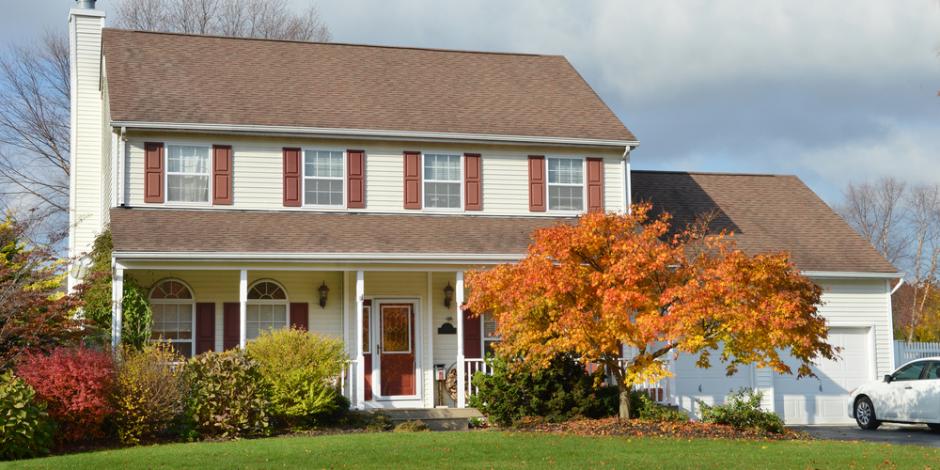
Have you been paying attention to the news reports and media advice on how to best keep the air in your home healthy and properly ventilated? Sometimes these reports leave us with more questions than answers:
Can a house be sealed too tightly?
Is an airtight house healthy?
Do homes need to breathe?
Should I be keeping my windows open?
We are all trying to stay as safe and healthy as possible this year, and since the home is where we are all spending much of our time this year, let’s take a look at how your “building envelope” can affect the health of your indoor air.
What Is Considered a Tight House?
Here at Assured Insulation, we rely on the latest in building science to determine what is and isn’t healthy for a home here in the Frankfort and greater Chicago Southland area. What building science tells us is that the air outside will want to infiltrate the inside of your home, through air leaks that are common in the crawl space and attic and can be harmful to the quality of your indoor air.
For example, leaks underneath your home will attract outside air, which will then move up into the living space, bringing high humidity (and in some cases, mold and mildew) with it into the crawl space.
Air Sealing
In order to control the air in a home, it will require getting as close to an airtight seal as possible - this is called the building envelope. We can create that airtight seal by assessing the total leakage in a home through a blower door test, and then pinpointing and sealing up those leaks using infrared imaging and an expanding spray foam material. This is called air sealing.
Insulation
Another aspect of creating a tight building envelope is proper insulation. If the insulation in your home is outdated, damaged, or lacking, it can increase the indoor drafts you feel inside your living space. This exacerbates outside air infiltration, and can make your home feel less comfortable in the process. Upgrading your attic insulation, basement insulation, and exterior wall insulation can increase the effectiveness of air sealing.
But the question remains: Is an airtight house good or bad? Not if it is properly ventilated!
The problem is, even though that outside air is helping reintroduce fresh air into your home, it also brings with it outside contaminants that will end up recirculating your heating and cooling system over and over again.
How to Ventilate an Airtight House
Upgrading your building envelope and reducing outside air infiltration and the harmful contaminants that come along with a leaky home is step one. Once you have control over the air that enters your home, you can ensure that the stale or contaminated air has a path outside of the home by properly ventilating it.
You likely already have some ventilation measures in your home, like a bathroom fan or an oven range hood fan. However, these ventilation measures should vent the air back outside, not just into the attic! Even then, many homes will still require additional whole-home ventilation equipment, like an energy recovery ventilator or whole-home air purifier.
In the end, your home should be sealed up tight, and ventilated just right.
The Benefits of an Air Tight, Ventilated Home
Gaining control over the air in your home can provide you with many lasting benefits throughout all seasons here in Illinois, such as:
Reduced risk of mold growth
Fewer allergy-like symptoms experienced at home
Fewer indoor drafts
Stable indoor temperatures
Reduced dust buildup in the home
Fewer viruses and bacteria in your breathing air
Need an Airtight Home? Rest Assured, We’ve Got You Covered
If you are looking for answers on how to vent a tight house, or how to make your home airtight in the first place, the Assured Insulation team is here to help. We can assess your building envelope through a comprehensive home energy audit, and provide you with a clear plan to increase your indoor air quality, keeping you home more comfortable, and even reducing your energy costs!
